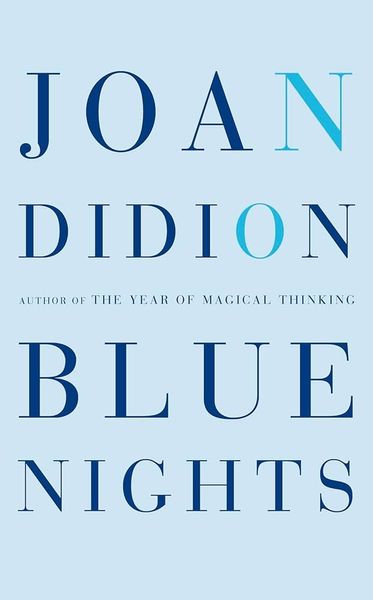
Reviews
Zainab @znybaa1
muskaan bal@muskaankb
annalyse! @a_nnalyse
paula@paubianco
Marisa Ringgold@marzbooks123
Laura Mauler@blueskygreenstrees
jennifer @booksvirgo
Essence@iridessence
Emmett@rookbones
Jeannette Ordas@kickpleat
Amy Thibodeau@amythibodeau
Taylor@taylord
Sabine Delorme@7o9
Marlee Stark@smstark
Jade Flynn@jadeflynn
Jales@jales
Ana Couto@inquisitivebookworm
rai@blueweeknd
Emily Wood@emwood95
thata@950814t
mariola@florsgrogues
em 摇摇@earworm
Miguel@augustimely
Udit Desai@uydesai
Highlights
Kika@odebooks
Essence@iridessence
Helen @helensbookshelf
Helen @helensbookshelf
lianna@capricornvenus
Page 125